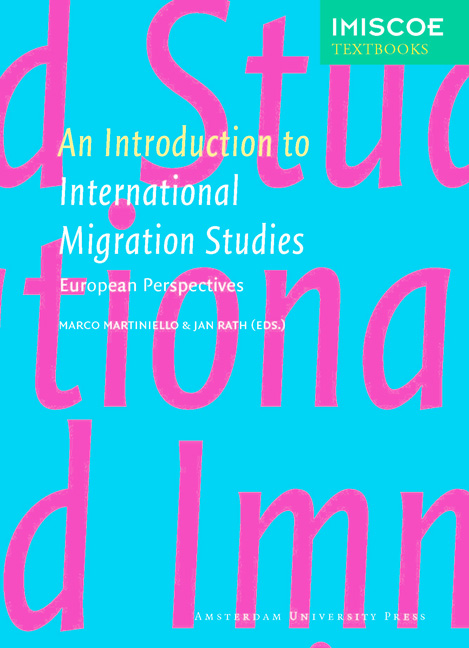13 - Undocumented Migration: An Explanatory Framework
Published online by Cambridge University Press: 14 January 2021
Summary
Introduction
Irregular immigration in Europe comes in many shapes and forms. It includes, for example, an international student who did not apply for an extension of his or her residence permit, an Australian backpacker working a temporary job to earn some money before travelling on, and an Eastern European domestic servant in a neighbour's home. Irregular migrants are a mostly invisible group in our society, and it is safe to say that each European country has its share. Beyond the national implications, there is a pan-European dimension to irregular immigration due to the process of European integration, which has rendered European Union member states dependent on one another. In both national and European politics, how member states and the EU respond to this phenomenon, or better yet, how they should respond, represents one of the most contentious political debates today.
Even if irregular migrants are forced by virtue of their status to lead a ‘hidden’ existence, the discussions they generate rank high and take place openly in local, national and international fora. They are never far from the public eye – though they are usually cast in extremes. Irregular immigrants may be held accountable for an array of social ills, while individual cases of tragedy and lost lives provoke compassion.
There is a growing empirical literature on irregular migrants in Europe (Alt 2003; Düvell 2006a; Van Nieuwenhuyze 2008; Van Meeteren et al. 2008; Schrover et al. 2008). Form this we learn that irregular immigrants are primarily men (though the proportion of women is increasing), between 20 and 40 years of age, and they migrate from relatively poor areas to more affluent regions. They are prepared to do jobs that natives shun, often under poor conditions, for wages that are usually lower than those acceptable to legal residents. Contrary to conventional views, most irregular immigrants do not enter the country of destination by crossing a border undocumented. More often, they enter with legal permission (a visa) and overstay, or otherwise violate the terms of their admission. Though all European countries face irregular migration, the ‘contexts of reception’ (Portes and Rumbaut 1990) and opportunity structures differ highly across time and space.
- Type
- Chapter
- Information
- An Introduction to International Migration StudiesEuropean Perspectives, pp. 305 - 326Publisher: Amsterdam University PressPrint publication year: 2012

